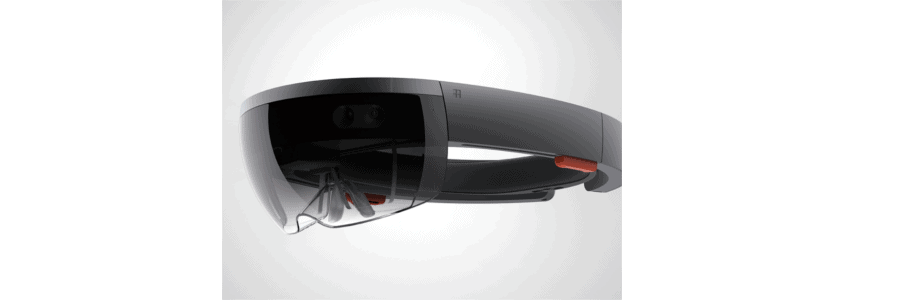When Microsoft announced it would be making Windows 10 available as a free upgrade to users of Windows 7 and Windows 8, it was the prospect of the tech giant offering something for nothing that grabbed the biggest headlines.
But as the dust settles, following last month’s grand unveiling, much of the hype regarding Microsoft’s next operating system is now focussed around the Windows Holographic technology, which will be built into the new release.
It seems that even the size and clunky appearance of the accompanying HoloLens glasses cannot dampen enthusiasm for this impressive innovation, which will enable Windows 10 users to interact with holograms all around them.
The vision is certainly very exciting and, if reality lives up to expectations, Windows Holographic technology could revolutionise the way that companies do business.
Imagine the prospect of an architect sitting with you in your new house, walking you through a 3D layout before a single brick has been laid. Imagine if a telephone-based engineer, rather than describing to you, could actually point you to the tap you needed to turn in order to get your boiler up and running again.
So what could possibly go wrong? Well, whilst most users would hope this new technology proves to be an instant success, the potential spoke in the wheel is bandwidth.
After all, we all know how unpredictable streaming video can be on a standard UK broadband connection. So whilst Windows Holographic may be embraced more quickly in countries like Japan, a country whose internet infrastructure puts ours in the shade, it remains to be seen whether we will be ready to reap the full benefits of this new technology from day one.
Transforming your world with holograms
This promotional video provides a glimpse into the ways Windows Holographic might transform everyday computing for businesses and home users alike.
Video Link: https://www.youtube.com/watch?v=aThCr0PsyuA


